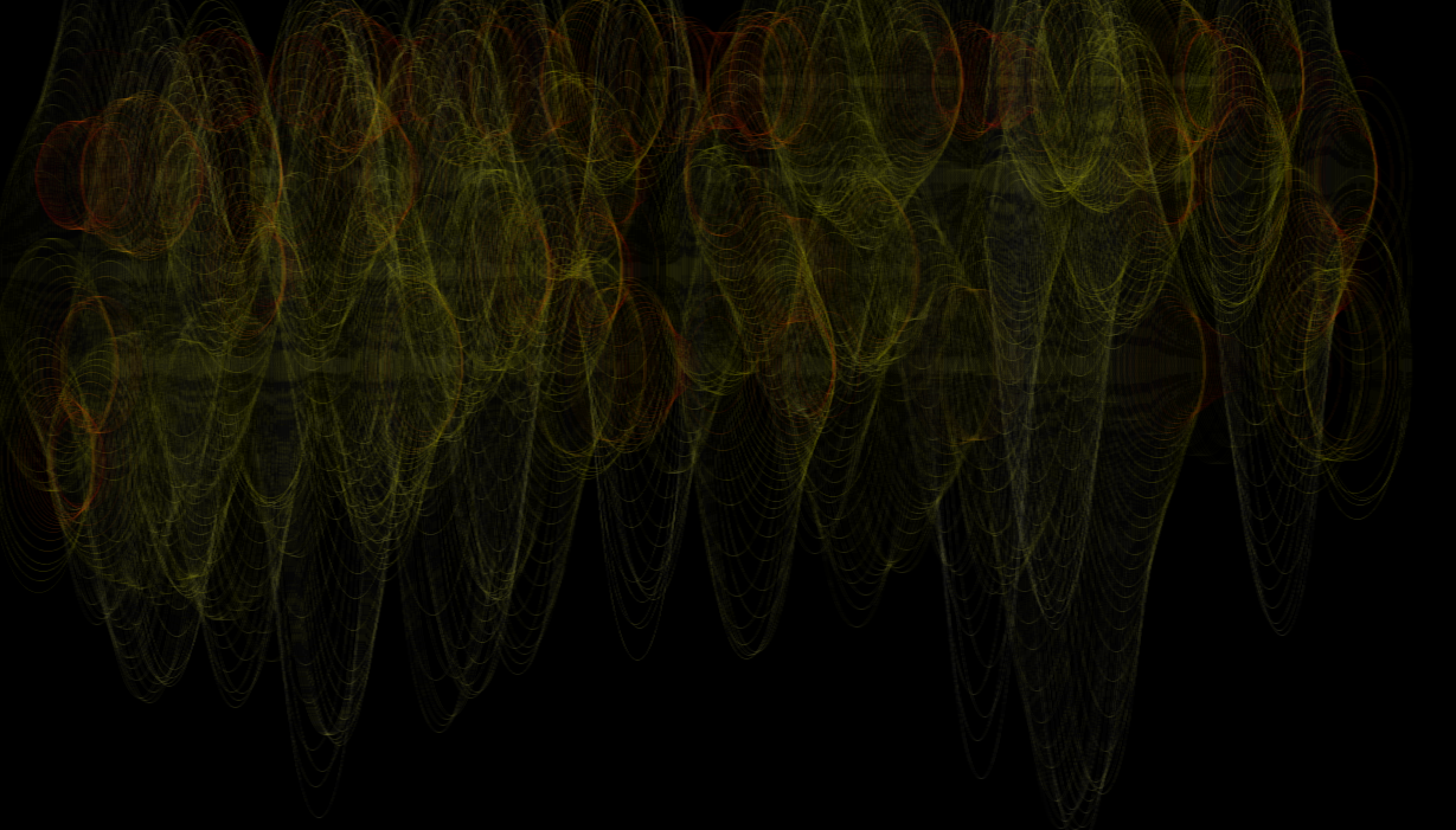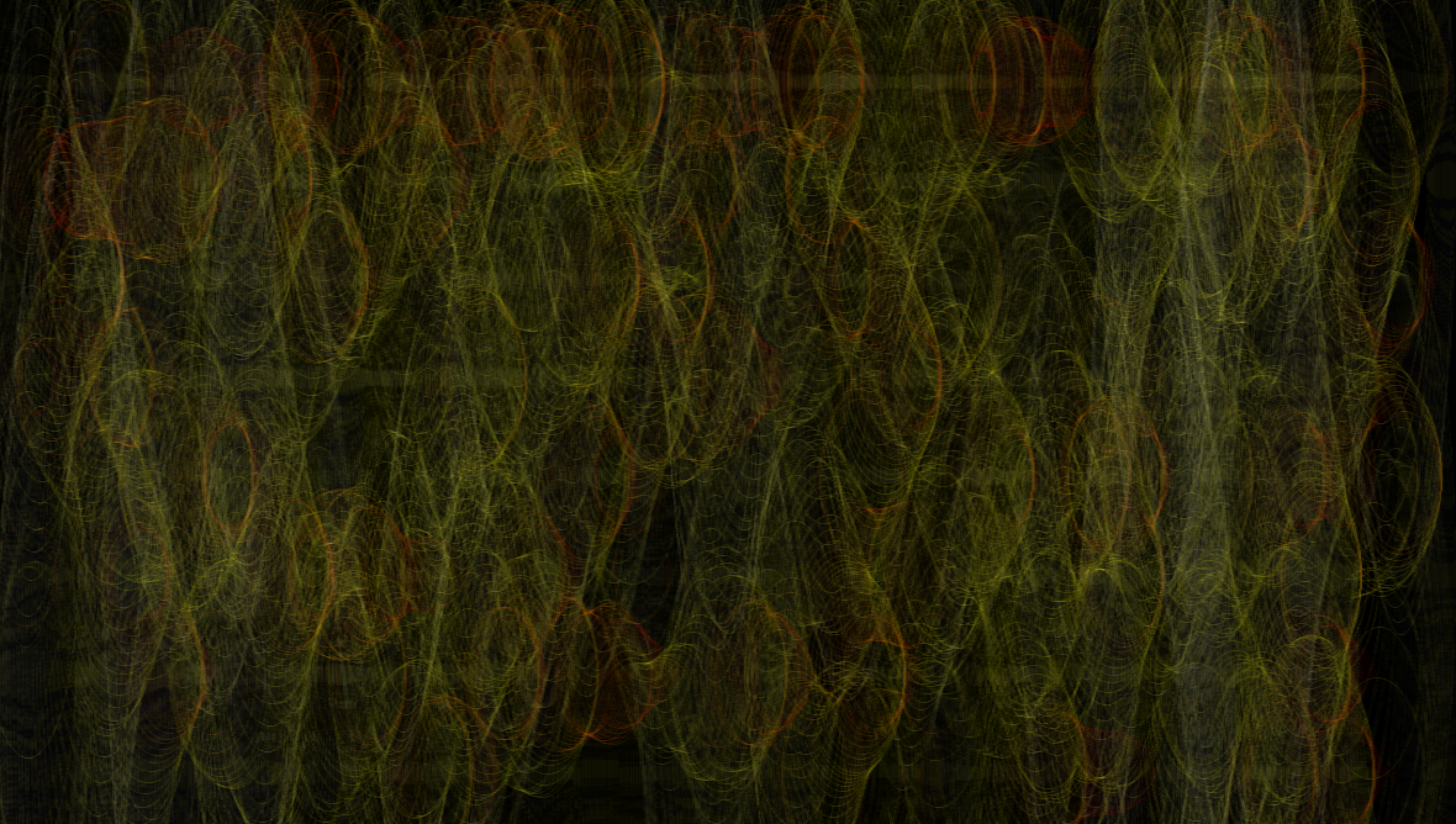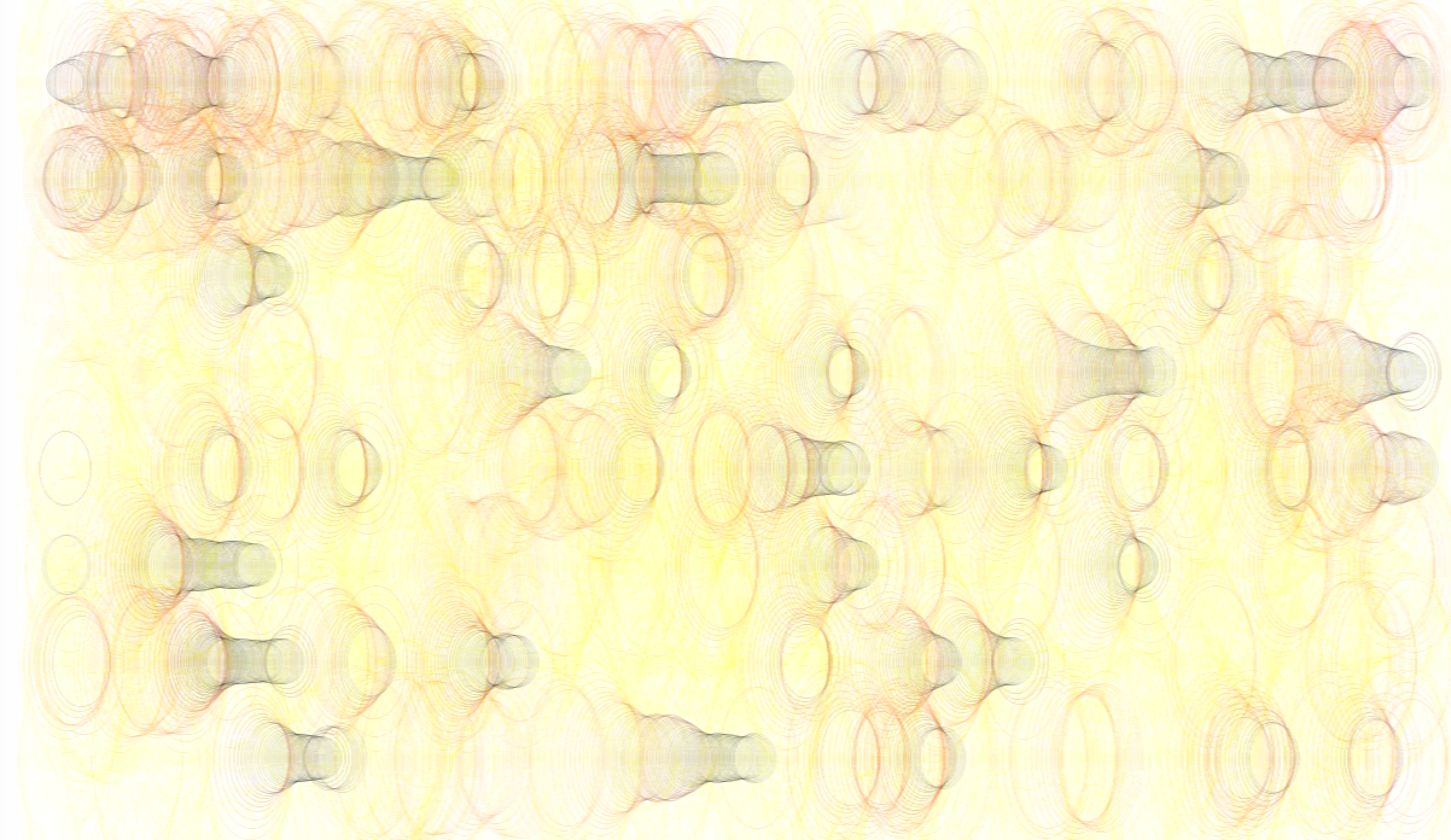Rediscovering Identity in the Age of Machine Learning
We started this research project with the hypothesis that identity can be quantified. By the upcoming age of big data, are we ready to quantify ourselves through our personal devices and social media? We had to ask ourselves to what extent can these processes be recreated using a machine? Because these questions where too big to tackle, we decided to narrow down our search and focus on our gender identity and its quantification.
produced by: Alesandra Miro Quesada / Chia Yang Chang(Andrew)
Memories.
Memory plays a leading role in our starting point to quantify identity.
“memory not only underlies our ability to think at all, it defines the content of our experiences and how we preserve them for years to come”.(Quian Quiroga 2017)
We need to acknowledge memory as a fundamental part of who we are and what constitutes our being contains our identity. In it, we store our childhood, our culture, our secrets and most exciting parts of our lives.
But remember Machines have memory too.
Not born, but rather becomes.
"One is not born, but rather becomes, a woman.”- (Beauvoir, 2011)
In Butler's essay, this is the essence of how our identity being shaped by culture and history. The first moment that the doctor announced that we are girls or boys, it’s the first identity that we have been decided which is connected to our sexuality. "We do things to language, but the language is also the thing that we do."(Butler, 1997, p. 7).
This means language itself has a strong effect on our identity.
Our body acts the script given by our memory, and it is like a drama which in Butler’s word, we are performing a “Single Drama”. (Butler, 1990).What if there’s a way that we can read or quantify the script, will it tell the future or the end of the narrative in our life? Therefore, if someone is given by the same script, which one is the real one, or do we still need our body?
Machine.
Machines are made to process data and calculate complex operation humans could not perform. By nature, they categorize. Systems like GANS and RNN have already been used in our day to day objects (GPS, face recognition, voice translation etc). It is safe to say that with the right amount of data, a machine could easily quantify anything, that being personal images of your face, to the language you speak. (Tegmark 2017)
We are looking to categorize identity, which as we have seen before, is in essence fluid. Therefore we need to design a quantification system that does not work on the basis of categories but is rather fluid and constantly changing
Artefact.
Audio
The reason why we choose the audio as the first step to approach our research is that in many psychologist theory, language becomes a critical part of impacting our identity. Looking at the structure of the process of building identity, since the primal scene that the doctor said that you are a girl or boy, our gender identity is being affected by the language.
Memory
We wanted to quantify identity in the most unbiased way possible. We, therefore, decided to ask our subjects to tell us about memory, instead of about themselves.
We recorded the memories and created a system on using Processing. This system measured the wave frequency of each memory and mapped it onto different visual representations.
Graphic
For the artefact, we use ellipses strokes to illustrate individuals memory. Therefore, the graphic generated by the program presents the images of fabric that the metaphor described by Butler that how our identity being fabricated. In the graphic, each different memories will keep being laying, shows our identity is kept shaping by the new memories.

References:
https://doi.org/10.24908/eoe-ese-rse.v19i0.11918
Al, G., 2017. Generative Adversarial Networks – Hot Topic in Machine Learning. KDnuggets. URL https://www.kdnuggets.com/generative-adversarial-networks-hot-topic-in-machine-learning.html/ (accessed 12.6.19).
Anonymous, 1997. Stuart Hall: Representation and the Media. Commun. Booknotes 24.
Ayyubi, H.A., 2019. GANspection. ArXiv191009638 Cs.
Barik, K., Daimi, S.N., Jones, R., Bhattacharya, J., Saha, G., 2019. A machine learning approach to predict perceptual decisions: an insight into face pareidolia. Brain Inform. 6, 2. https://doi.org/10.1186/s40708-019-0094-5
Beauvoir, S. de, 2011. The second sex. Vintage Books, London.
Butler, J., 1997. Excitable speech: a politics of the performative. Routledge, New York.
Butler, J., 1990. Gender trouble: feminism and the subversion of identity, [2nd ed.]. ed. Routledge, New York.
Jergus, K., 2018. The limits of identity - Performativity, gender and politics. Encount. Theory Hist. Educ. 19, 110–122. https://doi.org/10.24908/eoe-ese-rse.v19i0.11918
Michel Foucault, 1991. Discipline and punish: the birth of the prison. Penguin Books, London.
Quiran Quiroga, R., 2017. The Forgetting Machine: Memory, perception and the “Jennifer Aniston” Neuron.
Sample, I., Hawkings, S., 2011. Stephen Hawking: “There is no heaven; it’s a fairy story.” The Guardian.
Tegmark, M., 2017. Life 3.0: Being Human in the age or Artificial Intelligence. Penguin.

































































